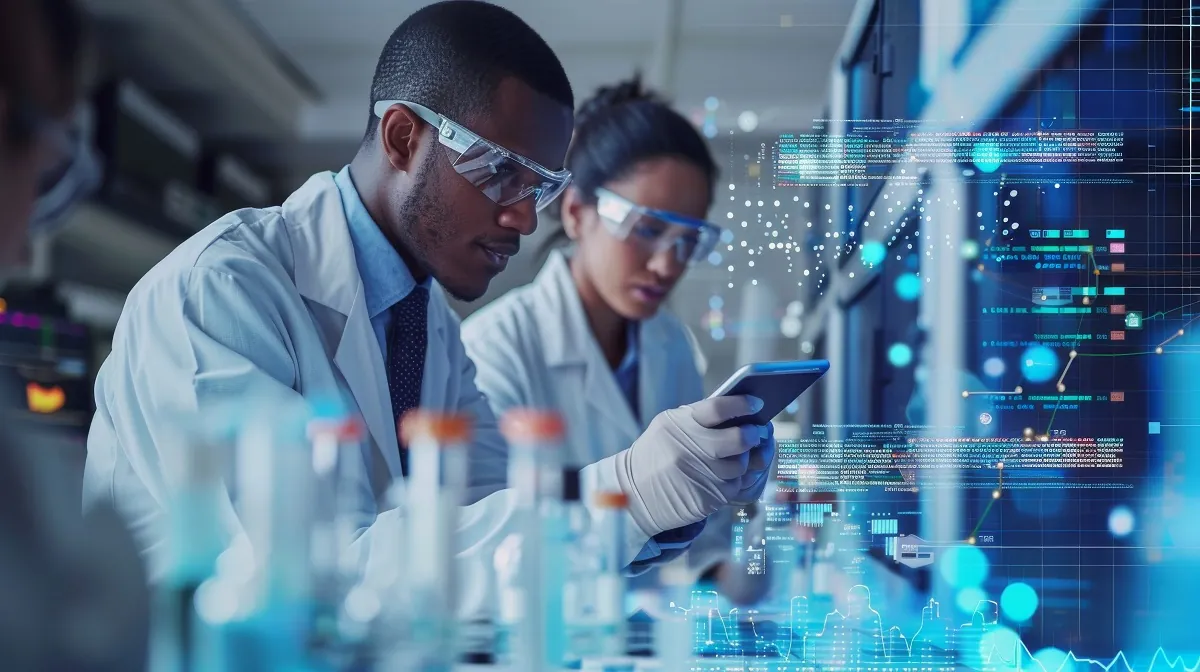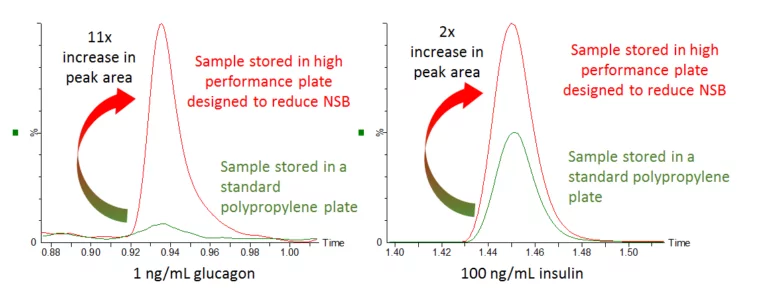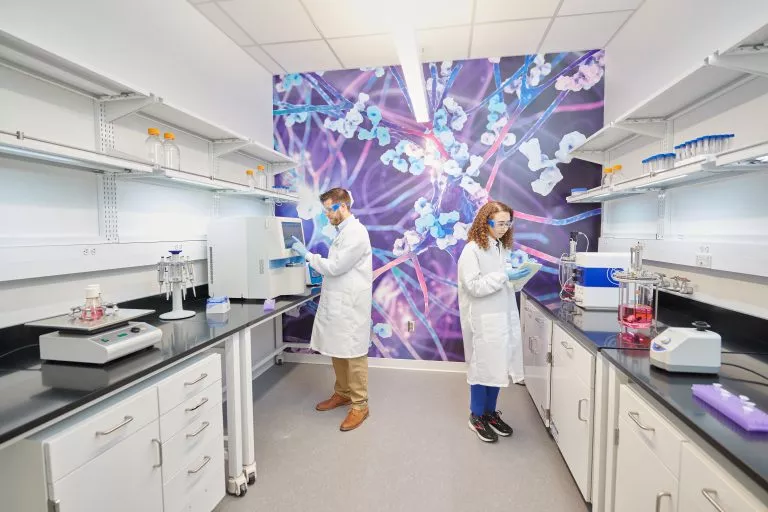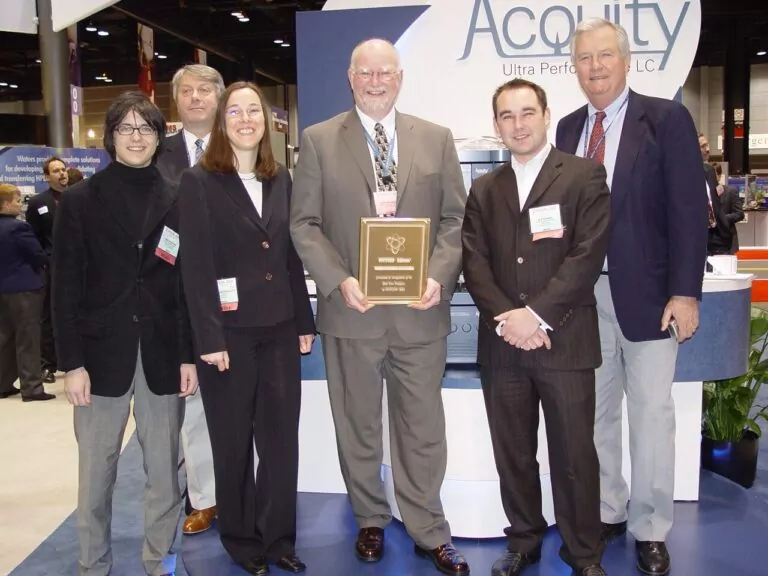-
Improving, Retaining, and Separating Polar Compounds Using Chromatographic Techniques
Separating and retaining polar compounds are significant challenges in chromatography. Here, we explore the key technical considerations and solutions for effectively handling these compounds, focusing on advanced chromatographic techniques and column technologies. What Are Polar Compounds? Polar compounds are essential in biological processes, drug design, and industrial applications due to their ability to interact with…

Recent Posts
APHL 2019: Strong foundations lead to new heights
It was to be my third outing to the Association of Public Health Laboratories (APHL) Newborn Screening and Genetic Testing Symposium (NBSGTS), this being the 27th meeting of its kind, bringing some 500 members of the screening and genetics community to the jewel of Lake Michigan, The Windy City, The City With Big Shoulders, Chi-Town:...
Sample Prep before LC-MS Quantification of Peptides and Proteins
Confronting the challenge of sensitivity and sample loss As a relative newcomer to peptide and protein quantification coming from the small molecule world, I have learned that I need to think differently, and more creatively, to meet the challenges of these molecules. As scientists with assay sensitivity goals, we sometimes have to take extra steps...
Lost Samples in the Container: Non-specific Binding and the Impact of Blocking Agents
My sample stayed in the solution…or did it? Samples are precious. Well-prepared samples are the starting point of all successful experiments. That’s why we spend time and effort on sample preparation; so that the resulting samples are ready for downstream LC analyses. When we think of good sample prep and handling, we emphasize the sample...
Amgen, UCLA, and University of Arizona Use BioResolve RP mAb Polyphenyl Columns for Rapid LC-MS Screening of Membrane Proteins
As a chromatography scientist at Waters, I often get the opportunity to travel to different laboratories around the world and to meet with various types of researchers. This allows me to stay up to date on the newest scientific trends and topics, particularly in the fast growing world of biopharmaceutical analysis. In June of this...
ACQUITY UPLC – 15 Years On and Still Going Strong
The 30th James L. Waters Annual Symposium will take place on Monday, March 18 in Philadelphia as part of Pittcon 2019. The theme of this year’s Symposium focuses on early research efforts required to develop Ultra High Pressure Liquid Chromatography (UHPLC) and the impact that the adoption of this technology had on the analytical chemistry...
Making Mass Analysis Smarter for Biopharma
There’s no question that we’ve entered the age of smart technology. Your phone, your home, your refrigerator, even your light bulbs are all getting smarter. Such technologies do more and more to run themselves, removing steps and complexity, while making user interactions easier and more intuitive. They continually improve, and as they do they become...
Popular Topics
ACQUITY QDa (17) bioanalysis (11) biologics (14) biopharma (26) biopharmaceutical (36) biotherapeutics (17) case study (17) chromatography (14) data integrity (23) food analysis (12) HPLC (15) LC-MS (22) liquid chromatography (LC) (21) mass detection (16) mass spectrometry (MS) (54) method development (13) STEM (12) sustainability (12)





